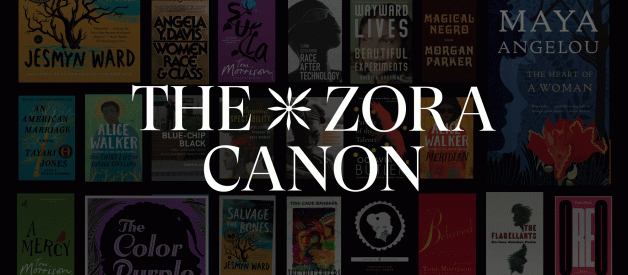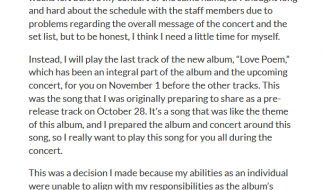
The 100 greatest books ever written by African American women

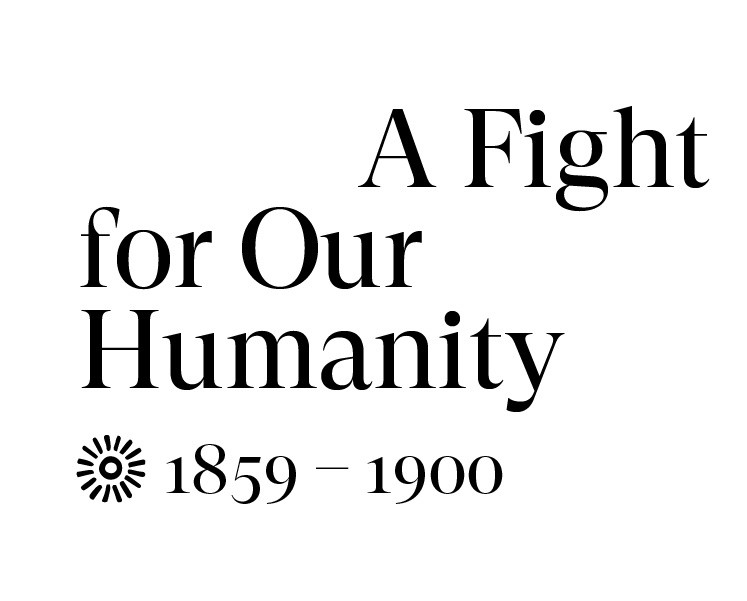
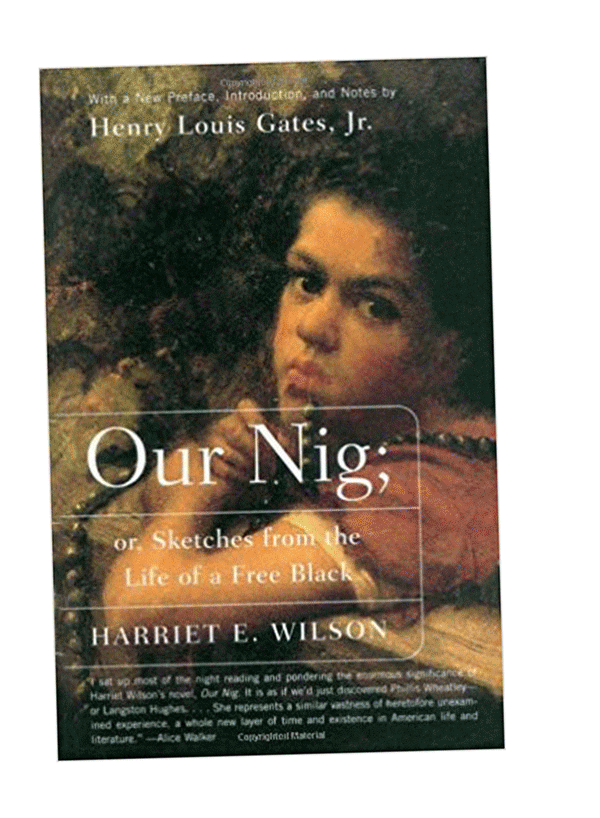
Our Nig
by Harriet E. Wilson (1859)The first novel written by an African American woman, Our Nig focuses on the fictional character Frado and her servant-girl life in New England during antebellum slavery. Her journey mirrors that of creator Harriet E. Wilson, whose work was rediscovered by Dr. Henry Louis Gates Jr. more than 100 years later.
Incidents in the Life of a Slave Girl
by Harriet Jacobs (1861)Both a novel and an autobiography, Incidents in the Life of a Slave Girl is a sophisticated work of hybrid nonfiction. The author documents her time as an enslaved Black woman and how she and her children were able to acquire their freedom.
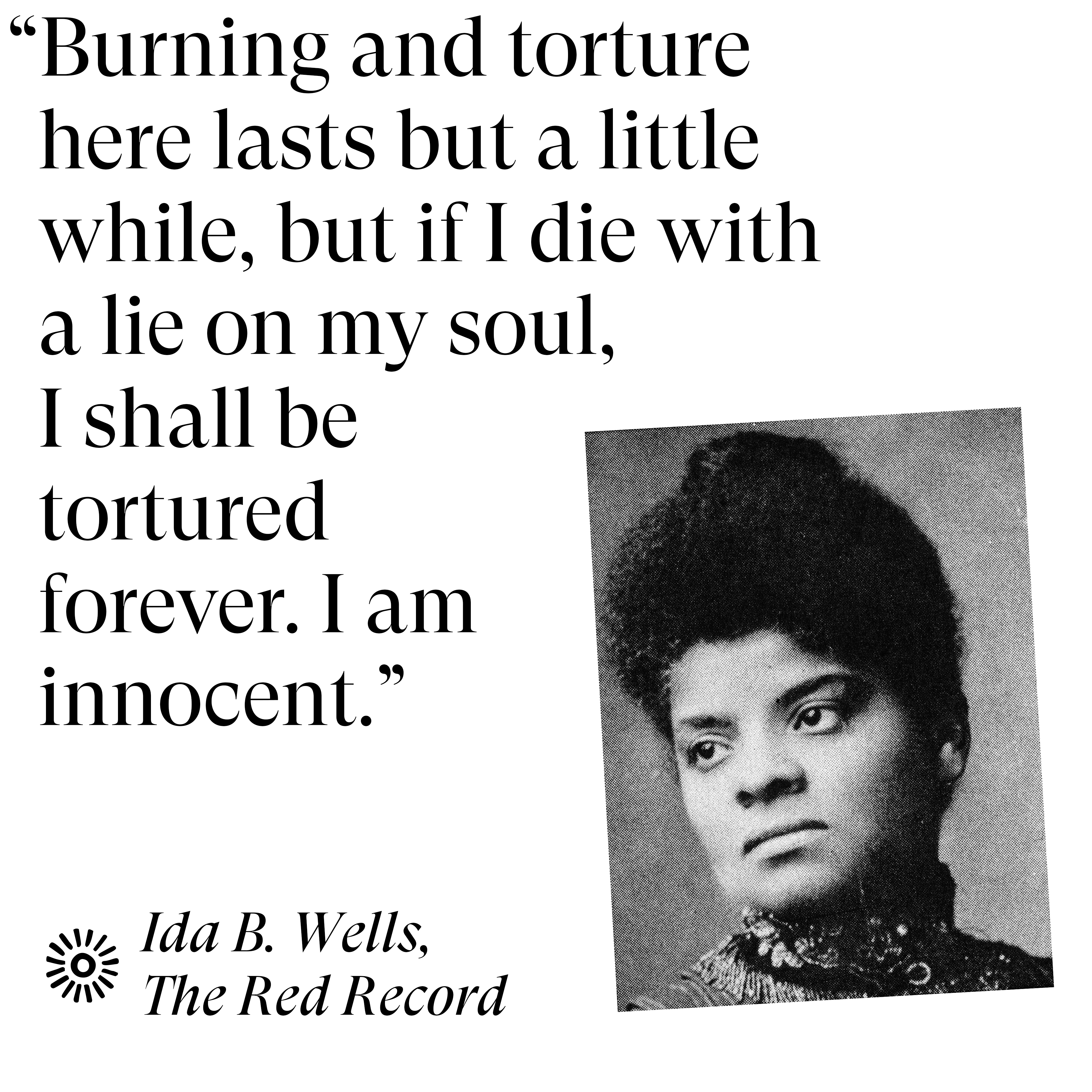
A Voice From the South: By a Black Woman of the South
by Anna Julia Cooper (1892)Widely considered to be one of the first iterations of nonfiction Black feminism, A Voice From the South addresses race and gender issues as well as the comprehensive uplifting of African American women.
Iola Leroy
by Frances Harper (1892)Before Emma Dunham Kelley?s Megada (1891) and Harriet Wilson?s Our Nig (1859) were discovered, Iola Leroy was initially thought to be the first novel published by an African American woman. Frances Harper?s book ? which she published at age 67 ? was widely praised for the multitude of themes it addresses, such as abolition, passing, interracial relationships, and women?s education against the backdrop of the 19th century.
The Red Record
by Ida B. Wells (1895)Ida B. Wells was an accomplished journalist who published an array of articles and texts about lynching and other violence against Black people during Reconstruction and early Jim Crow era. This tome by the groundbreaking writer, Mathis says, is ?an exhaustively researched publication about lynchings in the U.S. after the abolition of slavery. ?
![]()
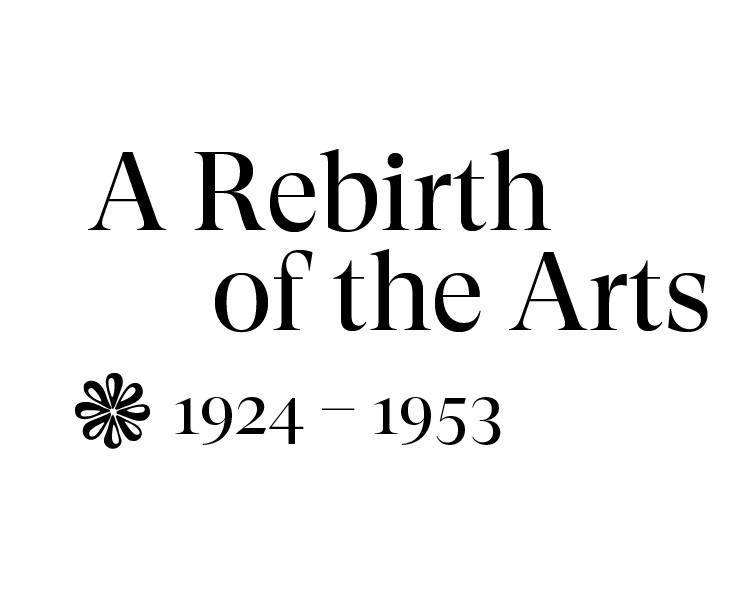
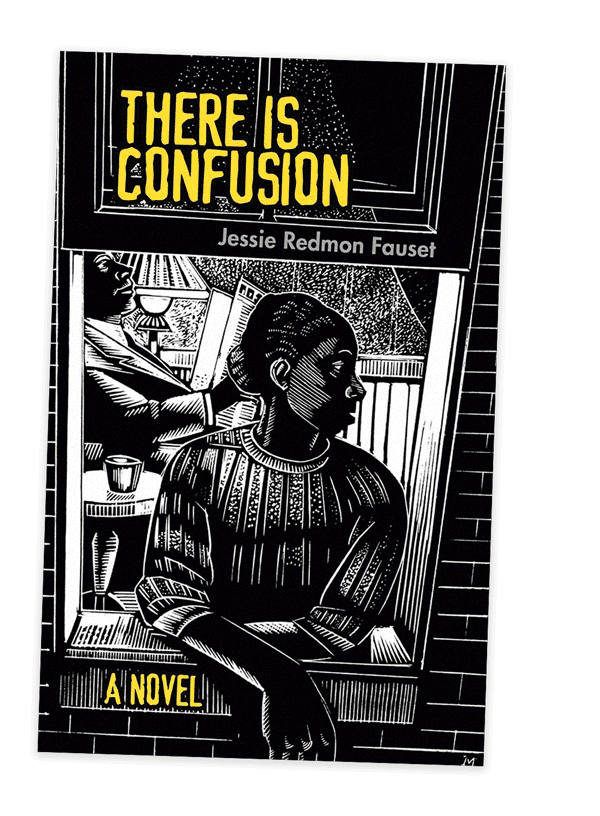
There Is Confusion
by Jessie Fauset (1924)A debut novel by a Harlem Renaissance author, There Is Confusion centers on the lives of the Marshalls and Byes, two well-to-do cosmopolitan African American families, as they grapple with love and professional ambition at the turn of the 20th century.
Quicksand
by Nella Larsen (1928)Loosely influenced by Nella Larsen?s own life, Quicksand tells the story of Helga Crane, a biracial Black woman who partakes in a series of adventures across the United States and Denmark to find a place where she can finally fit in.
Passing
by Nella Larsen (1929)A tale of two light-skinned women, Clare and Irene. The former chooses to pass, and the latter chooses to remain in the African American community. What follows is an unraveling of the serious repercussions of racial masquerading.




Their Eyes Were Watching God
by Zora Neale Hurston (1937)This groundbreaking novel by the Harlem Renaissance novelist and anthropologist focuses on the emerging autonomy and maturation of Janie Crawford as she endures multiple marriages, poverty, and various other associative trials to reach a state of clarity.
Tell My Horse: Voodoo and Life in Haiti and Jamaica
by Zora Neale Hurston (1938)Flexing her skill as an ethnographer and anthropologist, Zora Neale Hurston documents her time in Haiti and Jamaica, ?collecting folktales and documenting African based language and religions, such as Voodoo and its American counterpart: Hoodoo,? Adero says.
Moses, Man of the Mountain
by Zora Neale Hurston (1939)What if the iconic biblical story in the Book of Exodus were told from an African American perspective? And what if a woman, not Moses, were at its center? Perry argues that the Book of Exodus is ?the most important Bible story in Black American culture,? and Moses, Man of the Mountain is a pivot into ?a feminist tale? centering on the life of Hagar, the discarded woman.?
The Street
by Ann Petry (1946)A single Black mother is at the forefront of this story. Lutie, the main character, struggles with racism, classism, and sexism during World War II as she endeavors toward the American dream for herself and her son.
Maud Martha
by Gwendolyn Brooks (1953)Gwendolyn Brooks? only novel, Maud Martha is a prose poem coming-of-age story about a girl growing up in the Black neighborhoods of Chicago.
![]()
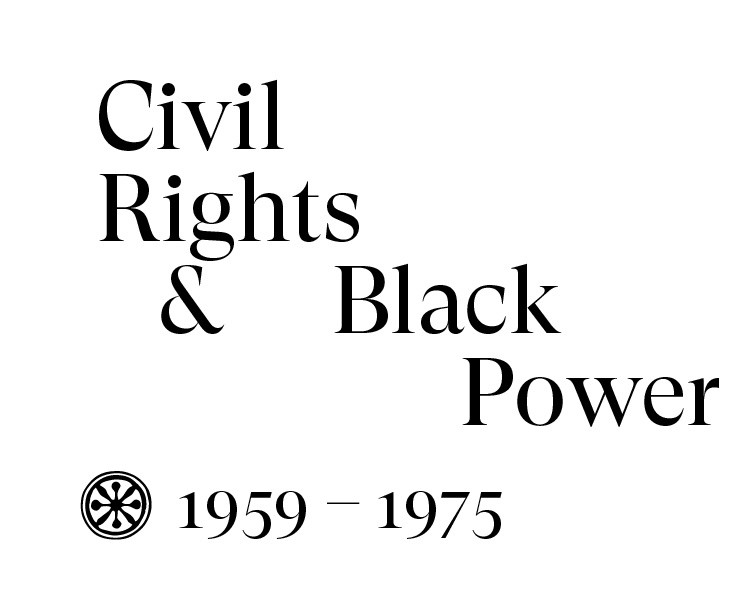
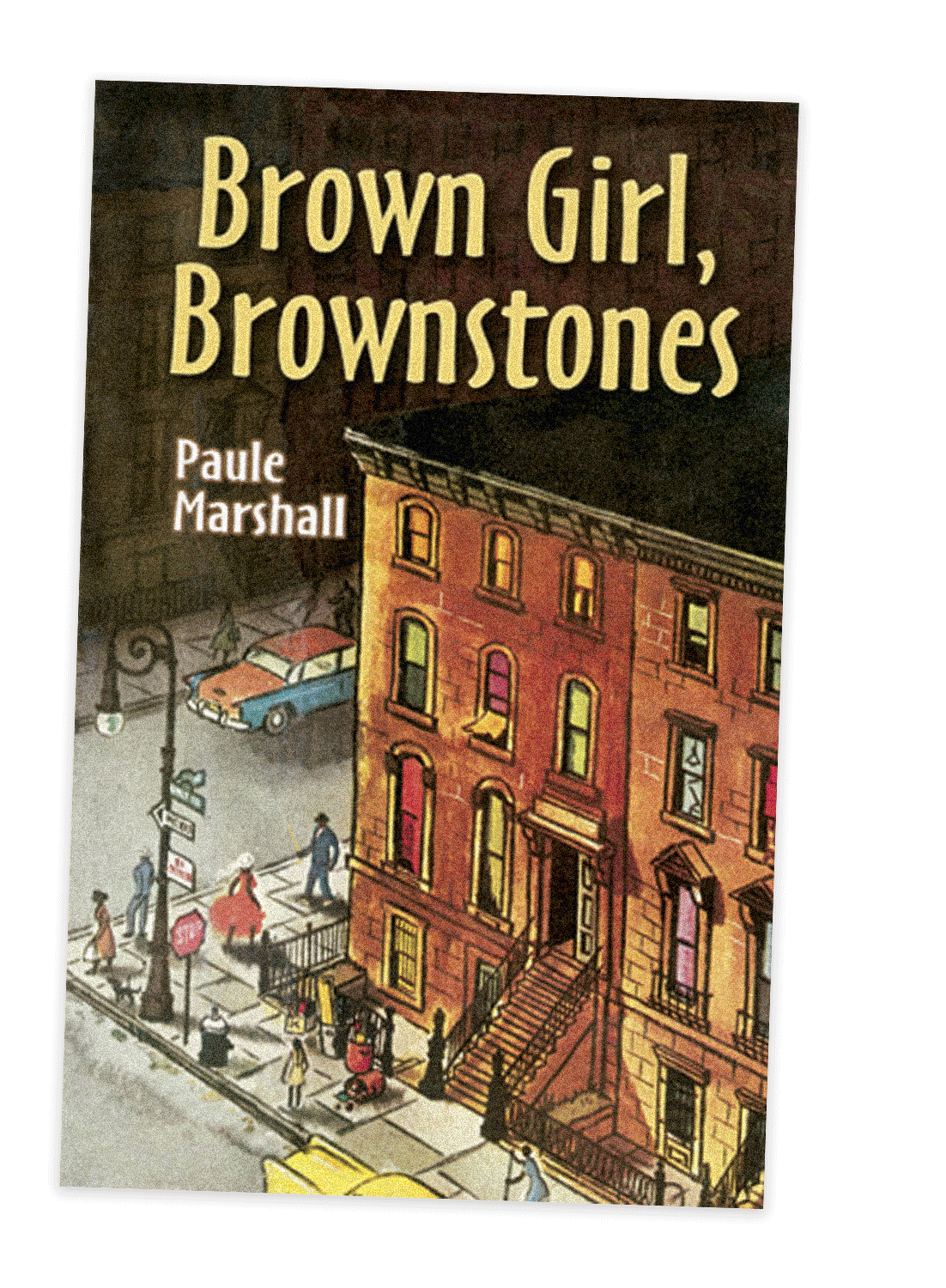
Brown Girl, Brownstones
by Paule Marshall (1959)Characterized by Mathis as ?a Caribbean American classic,? Brown Girl, Brownstones is about the lives of Barbadian immigrants in Brooklyn during the Great Depression and World War II. The novel explores the attainment ? or lack thereof ? of the American dream and how this desire influences the path of one particular family.
A Raisin in the Sun
by Lorraine Hansberry (1959)In this searing play, the insurance check of Mama?s late husband has finally arrived, and life may soon change for the entire Younger family. But the divergent ? and often combative ? dreams of many of its members may tear them apart, as well as the household they have worked so hard to sustain.
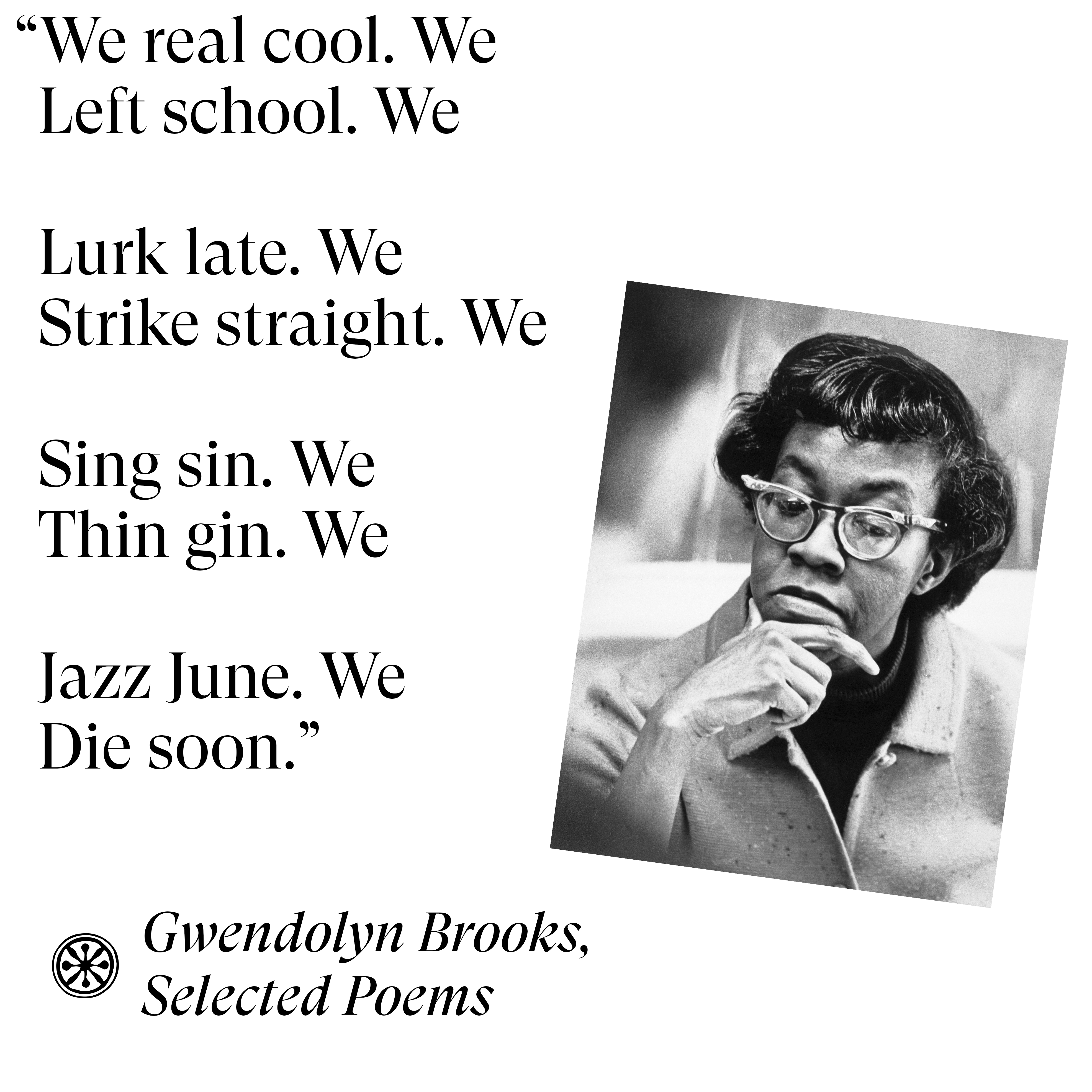
Selected Poems
by Gwendolyn Brooks (1963)A fine poetry collection in which Gwendolyn Brooks injects the English language with as much Blackness as possible. She undermines expectations ?poem after poem,? Jefferson says.
Funnyhouse of a Negro
by Adrienne Kennedy (1964)Sarah, the main character, battles with reconciling her biracial identity. To elucidate this struggle, Adrienne Kennedy uses historical figures to represent the variations of Sarah?s internal demons.
Jubilee
by Margaret Walker (1966)Three periods of American history ? slavery, the Civil War, and Reconstruction ? are covered through the centering of one enslaved biracial girl named Vyry.
The Flagellants
by Carlene Hatcher Polite (1967)The torrid love affair between two young New Yorkers, Ideal and Jimson, is told in often lyrical conversations that explore their struggles to exist in a racist society and to find understanding within each other.
The House of Dies Drear
by Virginia Hamilton (1968)Children?s book author extraordinaire Virginia Hamilton crafts a mystery novel about a haunted house that was once a part of the Underground Railroad.
Coming of Age in Mississippi
by Anne Moody (1968)Anne Moody, who was a member of the Student Nonviolent Coordinating Committee (SNCC), writes about her life, from her early years in Mississippi in the mid-20th century to her road to becoming a freedom fighter.
I Know Why the Caged Bird Sings
by Maya Angelou (1969)The first of a multivolume series, this much-loved autobiographical tale recounts Maya Angelou?s early life, from her humble beginnings in Stamps, Arkansas, to her days in San Francisco, California.
To Be Young, Gifted, and Black: Lorraine Hansberry in Her Own Words
by Lorraine Hansberry (1969)A collection of plays, diary entries, interviews, letters, and other writings, ?Young, Gifted, and Black reveals a much more radical range of ideas and experiences as writer, lesbian, and activist,? Jefferson says.
The Black Woman: An Anthology
by Toni Cade Bambara (1970)A delightful anthology of poetry, short stories, and essays that ?set the agenda for women?s roles in the Black liberation struggles of the early 1970s,? Adero says.
We a BaddDDD People
by Sonia Sanchez (1970)A poetry collection that rejects literary convention, We a BadddDDD People ?challenges Black people to stand up to the enemy within as well as without,? Adero says.
The Third Life of Grange Copeland
by Alice Walker (1970)Set in southern Georgia, The Third Life of Grange Copeland follows one sharecropping family for three generations as they fight to survive from the 1920s to the ?60s.
Gorilla, My Love
by Toni Cade Bambara (1972)?Quick, dazzling, and unforgettable, the stories in this collection are 15 iterations of Blackness as told through an array of characters. And the language is phenomenal,? Mathis says.

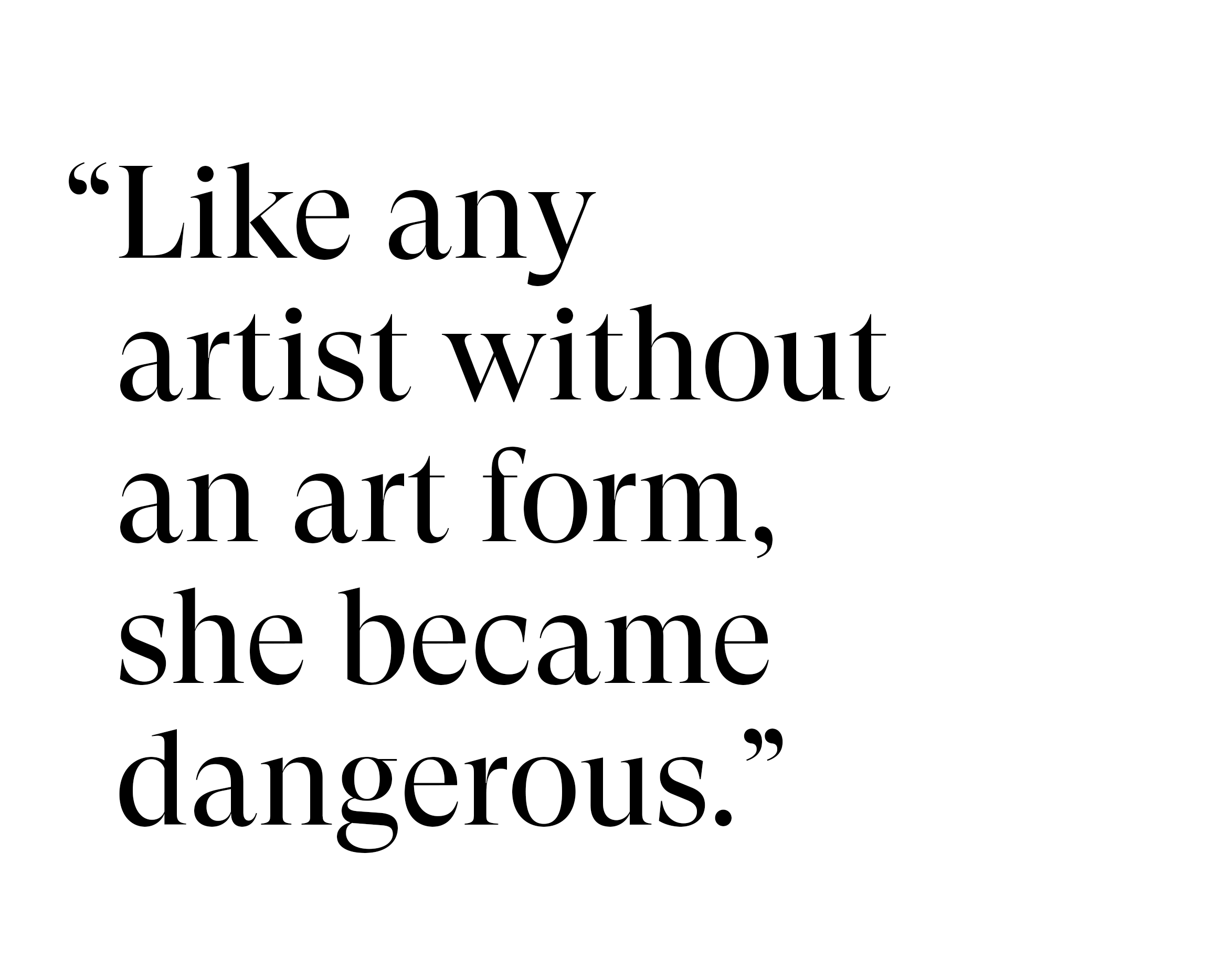


Sula
by Toni Morrison (1973)The timeless story of two Black female friends within a tight-knit Ohio community and how their lives take different paths as they explore how to reconcile their gender and its limitations.
Oreo
by Fran Ross (1974)A satirical novel, Oreo is about a biracial woman whose life exposes the intricate relationships between African Americans and Jews, ?from Greek myth to Black and Yiddish folklore,? Jefferson says.
Corregidora
by Gayl Jones (1975)Edited by Toni Morrison, Corregidora is the story of Ursa, who carries an unquenchable hatred for the vestiges of slavery and intergenerational trauma that stems from the slave master who fathered two generations of women before her.
![]()


Eva?s Man
by Gayl Jones (1976)?Jones? troubling novel about a woman in prison for murdering her lover is haunting and complicated,? Mathis says. ?Jones, by the way, was one of the many Black women published by Toni Morrison when she was an editor at Random House.?
For Colored Girls Who Have Considered Suicide When the Rainbow Is Enuf
by Ntozake Shange (1976)The story of seven women, all assigned a particular color, who navigate an oppressive society. ?As poems on the page and choreopoetry on the stage, they?re achingly lyric and alive, with ceaseless rhythmic and harmonic variety,? Jefferson says.
Roll of Thunder, Hear My Cry
by Mildred D. Taylor (1976)?A children?s novel for the ages about a young girl?s family struggle to hold onto their land in the Jim Crow South,? Mathis says.
Meridian
by Alice Walker (1976)In this novel, Perry says, ?the civil rights movement is rendered with the flush of youthful energy and both the terror and jubilation in freedom fighting.?
Song of Solomon
by Toni Morrison (1977)As he grows up, Milkman Dead strives to take flight as he sets out on a pilgrimage to reclaim his family history and debunk ? or validate ? long-standing folklore among relatives.
I?ve Been a Woman: New and Selected Poems
by Sonia Sanchez (1978)Political, sexual, and thoroughly human, this is a poetry collection for the ages.
Black Macho and the Myth of the Black Superwoman
by Michele Wallace (1979)An investigation of how the insidiousness of patriarchal values within the Black politics of the 1960s and the myths that characterized Black womanhood present a challenge.
The Salt Eaters
by Toni Cade Bambara (1980)Featuring an array of colorful female characters, from activists to spiritualists, in a Southern community, The Salt Eaters is about one central theme: healing.
The Heart of a Woman
by Maya Angelou (1981)?Out of all of Angelou?s memoirs, this is the one that shows her fully blossoming into the cosmopolitan artist and activist who became globally known as she travels between New York, Ghana, and Egypt,? Perry says.
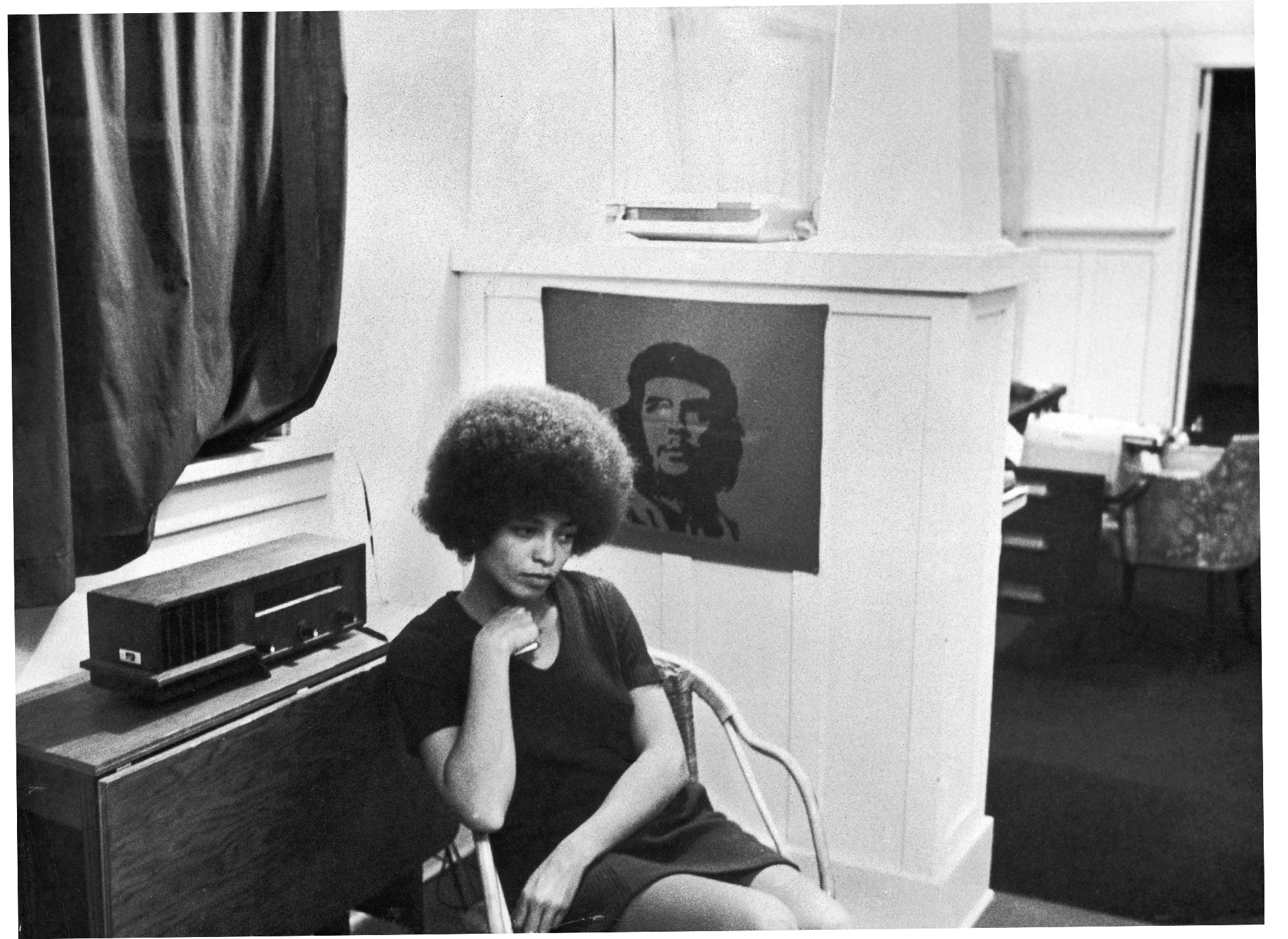
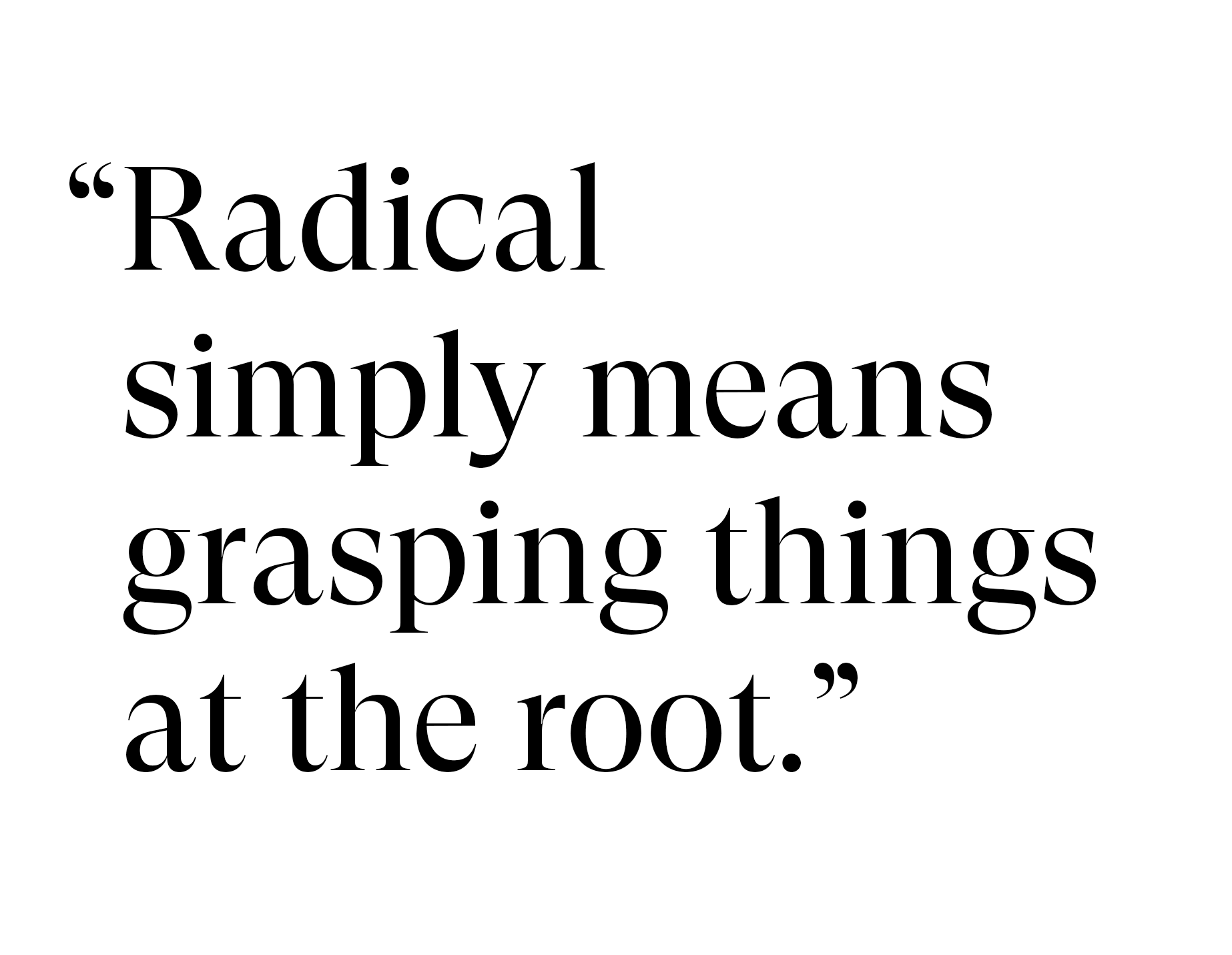


Women, Race, and Class
by Angela Davis (1981)Written by famed political activist and scholar Angela Davis, Women, Race, and Class is a comprehensive study on the women?s liberation movement in America and the negative influences of its leaders? racial and class biases. ?This woman is a genius,? Ward says, ?and this is one of the most powerful iterations of her genius.?
Ain?t I a Woman?: Black Women and Feminism
by bell hooks (1981)This examination of how Black women are doubly oppressed by both their race and gender explores the effects of this stigmatization throughout various movements.
All the Women Are White, All the Blacks Are Men, But Some of Us Are Brave
edited by Gloria T. Hull, Patricia Bell Scott, and Barbara Smith (1982)Tressie McMillan Cottom?s renowned blog is titled Some of Us Are Brave, which was heavily influenced by this anthology. In Cottom?s words, ?It was a text that wanted to make a formal place for Black women?s studies in the canon. It was this idea that feminist studies could not take and had not taken great care with Black women as subjects and Black/Afam studies and not taken seriously Black women as subjects. The knowledge and the narratives of Black women did not fit into either or those, but some of us were brave enough to strike out anyway and create a body of knowledge for ourselves.?
Zami: A New Spelling of My Name
by Audre Lorde (1982)Audre Lorde creates a hybrid ?biomythography??biography, history, and myth?all told through one woman of West Indian lineage growing up and maturing in New York City.
The Women of Brewster Place
by Gloria Naylor (1982)?This novel is a chorus of the experiences of a group of women living in a shared apartment building,? Perry says. ?Its beauty lies in the widely divergent yet deeply interconnected stories.?
Sassafrass, Cypress, and Indigo
by Ntozake Shange (1982)A novel about three Black sisters from the South Carolina Low Country who pursue their artistic dreams. This story examines a multitude of topics ranging from spirituality to community, foodways to Gullah Geechee culture, gender to sexuality.

The Color Purple
by Alice Walker (1982)A classic of the American canon, The Color Purple features a series of letters between two sisters, Celie and Nettie, whose lives take many turns in rural Georgia and across the continent, from lovers and abuse to, finally, independence.
Fish Tales
by Nettie Jones (1983)?A hauntingly decadent and sexy novel set in Detroit and New York among privileged, self-destructive, and highly glamorous risk-takers,? Jefferson says. Nettie Jones maintains an affinity for extreme desires and the hidden impulses that drive people, and this novel exemplifies this interest.
Homegirls: A Black Feminist Anthology
edited by Barbara Smith (1983)?This anthology collects the way Black women have thought about the particulars of our lives, where we fit in the dominant orders, and how we free ourselves and our people,? Perry says.
In Search of Our Mothers? Gardens: Womanist Prose
by Alice Walker (1983)Written from 1966 to 1982, In Search of Our Mothers? Gardens contains 36 pieces of Walker?s oeuvre: essays, reviews, articles, and statements that address the civil rights movement, artistic freedom, and womanhood, among many others. Adero says the collection ?honors the particular views and concerns of Black women and defined the term ?womanist.??
When and Where I Enter: The Impact of Black Women on Race and Sex in America
by Paula Giddings (1984)A seminal text on how African American women?s labor has influenced race and women?s movements throughout American history.
Sister Outsider
by Audre Lorde (1984)Sister Outsider is a collection of essays and speeches in which Audre Lorde explores intersectionality, love, war, violence, and mobilization, among many other topics.
Linden Hills
by Gloria Naylor (1985)Thought of as a modern-day version of Dante?s Inferno, Linden Hills is set in an affluent Black community whose inhabitants strive for ?the dream,? though none can accurately define what the dream is and whether it will satisfy them once ? if? ? it comes true.
Radiance From the Waters: Ideals of Feminine Beauty in Mende Art
by Sylvia Ardyn Boone (1986)For the Mende people of Sierra Leone, women are the leaders. Art historian Sylvia Ardyn Boone chronicles their aesthetic, philosophy, rituals, and customs about the mind and body.
Thomas and Beulah
by Rita Dove (1986)?Complex and gorgeous, this Pulitzer-winning collection chronicles the title characters? migration to Ohio from the South,? Mathis says.
Blacks
by Gwendolyn Brooks (1987)A comprehensive collection of all ? yes, all ? of the prolific and critically acclaimed poet?s writings over a span of 30 years.
Beloved
by Toni Morrison (1987)Sethe murders her baby so that she will avoid a lifetime of slavery. Years later, that child is now a woman who visits Sethe at her home and forces her to reckon with her past and the ghosts of unfinished business.
Assata
by Assata Shakur (1988)A former member of the Black Liberation Army and Black Panthers, a refugee, and one of America?s most-wanted women, Assata Shakur writes about her life in Cuba, where she has been granted political asylum.
Black-Eyed Susans and Midnight Birds: Stories by and About Black Women
edited by Mary Helen Washington (1989)The New York Times Book Review once noted that Mary Helen Washington ?has had a greater impact upon the formation of the canon of Afro-American literature than has any other scholar.? This short-story collection, which explores what it means to be Black and a woman in America, features a wide range of Black female writers including but not limited to Gwendolyn Brooks, Gayl Jones, Toni Cade Bambara, and Alice Walker.
Invisibility Blues: From Pop to Theory
by Michele Wallace (1990)A profound look at how Black people?s artistic rigor has been overlooked and underrepresented across mainstream media, politics, and pop culture.
Waiting to Exhale
by Terry McMillan (1992)This bestselling novel centers on four women who figure out how to support themselves and each other through the vicissitudes of life and the uncertainty of love affairs.
Parable of the Sower
by Octavia E. Butler (1993)It is California in the early 2020s, and climate change is wreaking havoc on the Golden State. Lauren Olamina is a teenager with hyperempathy. Though this gift is incredibly draining, she must harness it in order to save her loved ones from danger.
Ugly Ways
by Tina McElroy Ansa (1993)Mudear has died, and her three grown daughters have to come home to Mulberry to bury her. But upon their arrival, they soon realize that their mother is not the only thing that needs burying as family wounds are uncovered and truths are revealed.
The Black Christ
by Kelly Brown Douglas (1994)?The title says it all: Who and what is the Christ figure in Black religious communities?? Mathis says. ?Douglas explores the question through a historical, theological, and womanist lens.?
The Selected Poems of Nikki Giovanni: 1968?1995 (1996)
A compilation of Nikki Giovanni?s poetry that spans more than a half a century. ?Giovanni?s work challenges what we think we know of the world, how we see the world, and how we understand ourselves,? Ward says.
Killing the Black Body
by Dorothy E. Roberts (1997)Dorothy E. Roberts fiercely conveys the literal and figurative assaults on the reproductive rights of Black women by the U.S. government and society at large.
Parable of the Talents
by Octavia E. Butler (1998)In this follow-up to Parable of the Sower, Lauren Olamina is now a mother and a leader of a new religion. Environmental and economic chaos abound, and the U.S. government views Olamina, a Black female leader, as a threat. Now she must decide: her family or her transformative new faith?
Black Picket Fences: Privilege and Peril Among the Black Middle Class
by Mary Pattillo-McCoy (1999)Sociologist Mary Pattillo-McCoy spent three years in a Black middle-class neighborhood on Chicago?s South Side in order to provide a candid look at an often ignored milieu of U.S. society.
![]()
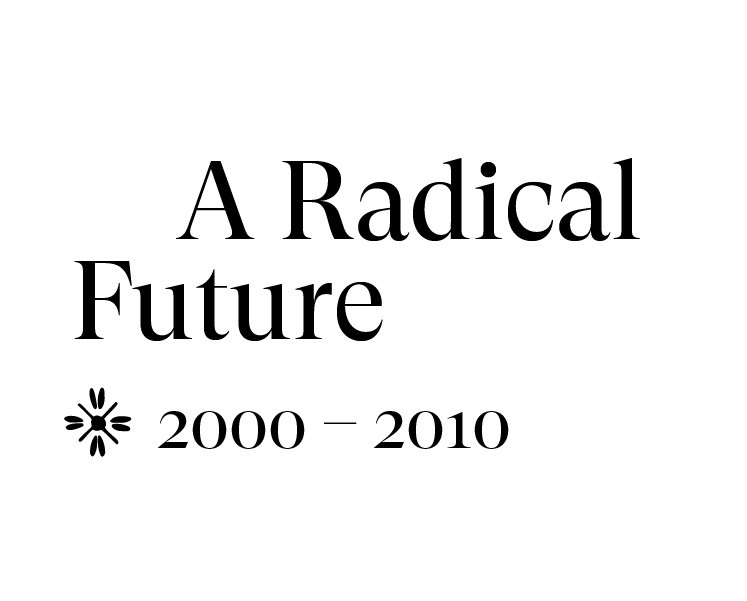

Where We Stand: Class Matters
by bell hooks (2000)Drawing from personal experience, hooks considers how the problems of race and class are interrelated and poses solutions to how we can conceptualize their dismantlement.
Topdog/Underdog
by Suzan-Lori Parks (2001)Suzan-Lori Parks? Pulitzer Prize?winning play centers on two Black brothers who struggle to thrive in the United States amid the additional pressures of familial duty and sibling rivalry.
Ella Baker and the Black Freedom Movement: A Radical Democratic Vision
by Barbara Ransby (2003)This is a biography of one of the most important African American women in the civil rights movement. Barbara Ransby traces Ella Baker?s life from her time in the NAACP to the SCLC and SNCC, as well as her relationships with key figures such as W.E.B. DuBois and Thurgood Marshall.
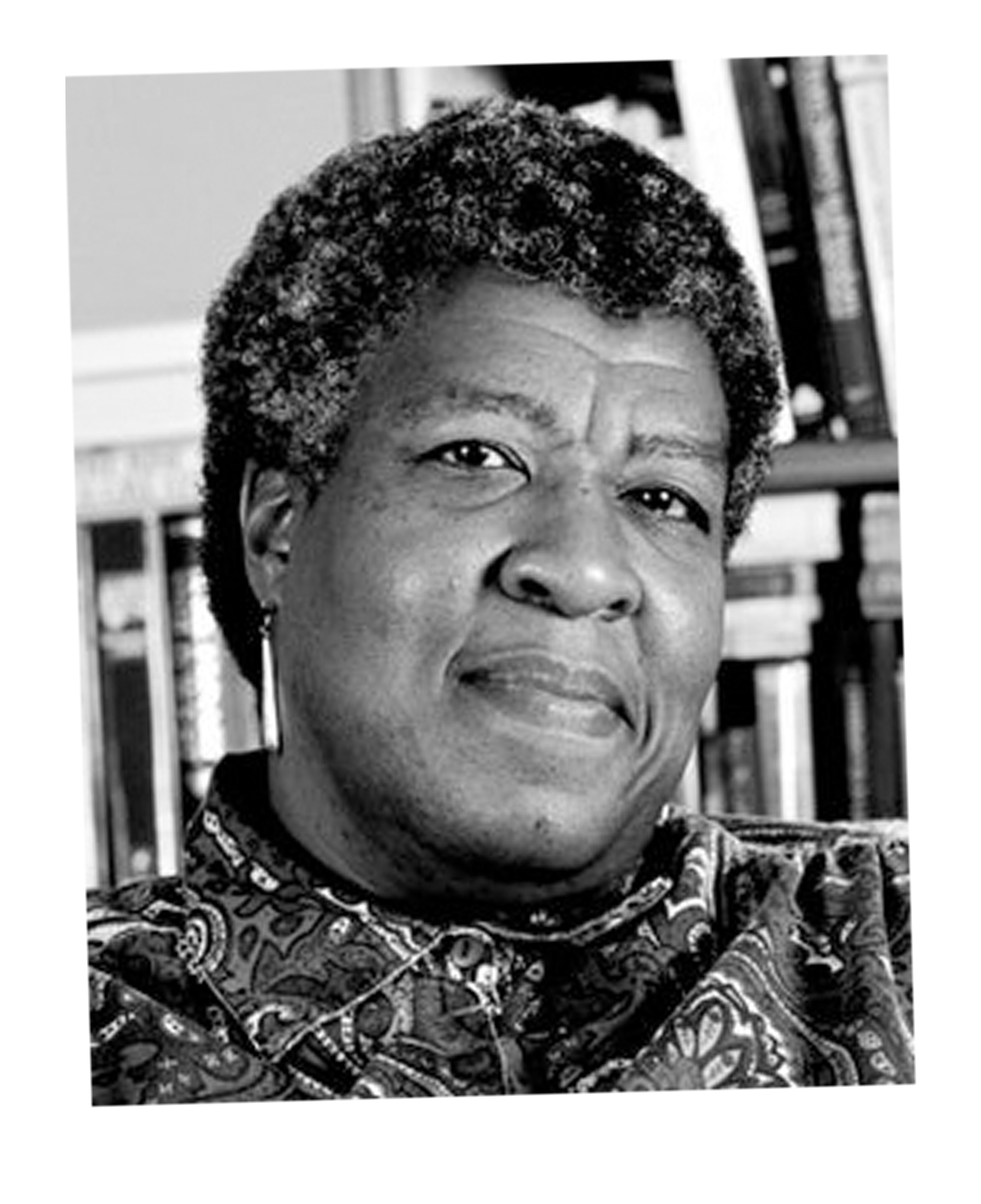



Fledgling
by Octavia E. Butler (2005)A young, gifted girl realizes that she?s actually a 53-year-old vampire with otherworldly abilities. She must recover information about her previous life while fleeing from those who want to do her harm.
Directed by Desire: The Collected Poems of June Jordan
edited by Jan Heller Levi and Sara Miles (2005)A collection of June Jordan?s poems that covers 10 volumes of her words, as well as 70 pieces written while she was dying from breast cancer that, at that time, had not yet been published.
Native Guard
by Natasha Trethewey (2006)Natasha Tretheway?s Pulitzer Prize?winning poetry collection pays homage to Black soldiers who sacrificed their lives during the Civil War. Fellow Mississippian Ward says, ?Tretheway breaks the reader?s heart with every line. Each poem has such artistry, such intention, such surprise and focus.?
African American Music: An Introduction
by Mellonee V. Burnim and Portia K. Maultsby (2006)A combination of ethnographic fieldwork and historical research, this 17-essay book on secular and nonsecular African American music covers the tradition fully and with depth. ?Every lover of American music should have this book,? Perry says.
All Bound Up Together: The Woman Question in African American Public Culture, 1830?1900
by Martha S. Jones (2007)?Martha Jones is another one of those thinkers who makes everybody around her smarter?when they have enough sense to listen,? Cottom says. All Bound Up Together is about Black women?s participation in various public arenas, particularly as knowledge producers.
Blue-Chip Black
by Karyn R. Lacy (2007)?Karyn Lacy does a wonderful job of refocusing us on the way that class cuts across the dimensions of race and gender; how class operates similarly to other groups, namely White people, but also distinctly,? Cottom says.
A Mercy
by Toni Morrison (2008)?This novel is like a creation story of the United States,? Perry says, ?and it is all shaped around the loss, love, and yearning between a Black mother and daughter.?
Blood Dazzler
by Patricia Smith (2008)A poetry collection that gives voice to the survivors, both real and imagined, of Hurricane Katrina: politicians, nursing home residents, and families seeking refuge at the Superdome.
The Warmth of Other Suns
by Isabel Wilkerson (2010)The Pulitzer Prize?winning journalist traces the lives of three people ? a sharecropper?s wife, an agricultural worker, and a doctor ? who embark upon one of the greatest movements of African Americans within American history: the Great Migration.
The New Jim Crow
by Michelle Alexander (2010)A civil rights litigator, legal scholar, professor, and the only Black female columnist for the New York Times, Michelle Alexander succinctly argues how mass incarceration of African Americans has confined us to second-class citizenship. ?This book radically changed the national conversation about prisons, Blackness, the making of a new underclass,? Mathis says. ?Alexander brought mass incarceration into the public consciousness.?
![]()


Salvage the Bones
by Jesmyn Ward (2011)A National Book Award winner, this story highlights the days leading up to Hurricane Katrina, when one Mississippian family must prepare for the worst and still maintain some sense of normalcy. ?Oh, and a fighting pit bull named China is a main character. Strange, evocative, and deeply affecting,? Mathis says.
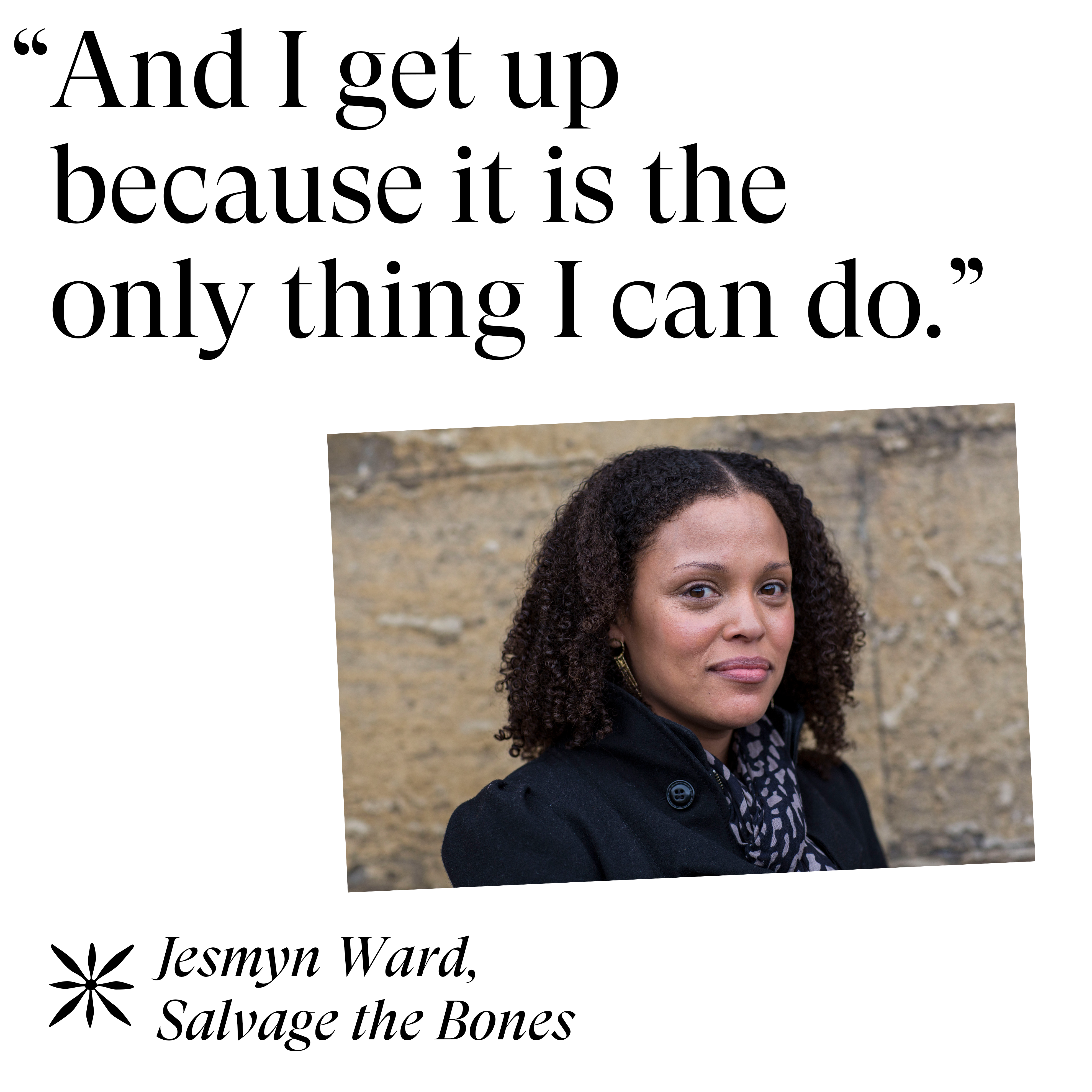
The Collected Poems of Lucille Clifton
edited by Kevin Young and Michael S. Glaser (2012)Lucille Clifton is a writer who ?constantly subverts the reader?s ideas of what language is capable of,? Ward says. This collection is a combination of 11 volumes of her work, as well as more than 50 never-before-published poems.
The Ethnic Project: Transforming Racial Fiction Into Ethnic Factions
by Vilna Bashi Treitler (2013)A necessary book about power, interethnic conflict, and anti-Blackness, Vilna Bashi Treitler presents an argument that as Americans celebrate their hyphenated ethnic identities, the revelry inadvertently reifies racism by maintaining the preexisting hierarchy.
Things I Should Have Told My Daughter: Lies, Lessons, and Love Affairs
by Pearl Cleage (2014)Pearl Cleage has lived one hell of a life. Not only was she married to Michael Lomax, head of the United Negro College Fund, but she also carved out a political career of her own until she started to take writing more seriously, which set her on a journey of a more radical kind of self-fulfillment.
Brown Girl Dreaming
by Jacqueline Woodson (2014)This series of poems chronicles Woodson?s experiences in South Carolina and New York in the 1960s and ?70s under Jim Crow and with the civil rights movement.
Dark Matters: On the Surveillance of Blackness
by Simone Browne (2015)What does Blackness have to do within the modern surveillance state? Beautiful and theoretical, Simone Browne details how Black life from slavery to the present has been subjugated by the constancy of being watched and how Black people have resisted.
The Fifth Season
by N.K. Jemisin (2015)This is a science fiction novel set on a planet called Stillness, where, every few centuries, inhabitants experience a ?fifth season? of climate change and environmental chaos. With this book, Jemisin was the first African American to win the Hugo Award for Best Novel ? a breakthrough for Black women in a traditionally White-dominated oeuvre.
Pushout: The Criminalization of Black Girls in School
by Monique W. Morris (2015)Monique Morris uncovers ?the combination of punitive measurements within schools; cultural sanctions related to gender and sexuality in young adulthood that wrap around schools, communities, and culture; and the dominant culture?s ideas about who is allowed to be a young girl,? Cottom says. Morris also explains ?how this all works together to push Black girls out in a way that is quite hard to track empirically.?
Sweat
by Lynn Nottage (2015)This provocative play is set in Reading, Pennsylvania, where the relationships between blue-collar workers are tested during a time of heightened economic insecurity.
Unequal City: Race, Schools, and Perceptions of Injustice
by Carla Shedd (2015)?A very important book about how ideas of ?justice? and ?injustice? are mediated and mitigated through schools to unfairly target, marginalize, and funnel Black students into the criminal justice system,? Cottom says.
White Rage: The Unspoken Truth of Our Racial Divide
by Carol Anderson (2016)Two steps forward, one step back: White Rage deftly crafts the pattern of how White backlash has always countered African American progress.
Whatever Happened to Interracial Love?
by Kathleen Collins (2016)A posthumously published short-story collection by the multihyphenate artist Kathleen Collins that intimately delves into the themes of family, desire, race, gender, and sexuality.
Freedom Is a Constant Struggle: Ferguson, Palestine, and the Foundations of a Movement
by Angela Y. Davis, edited by Frank Barat (2016)A far-reaching work that connects the Black American struggle to that of global struggles, transnational Blackness, communities, and the flows of capital and technology.
Beyond Respectability: The Intellectual Thought of Race Women
by Brittney C. Cooper (2017)?An essential and important intervention in how we even talk about ourselves as Black women thinkers or feminists or womanists,? Cottom says. ?It?s about respecting the intellectual traditions and histories of Black women theorists.?
How We Get Free: Black Feminism and the Combahee River Collective
edited by Keeanga-Yamahtta Taylor (2017)The Combahee River Collective was a Black feminist lesbian organization whose aims exposed the pitfalls of mainstream (White) feminism and the civil rights movement in not being more intersectional in their actions. Activist and scholar Keeanga-Yamahtta Taylor edits a Black feminist collection with an introductory essay, interviews, and chapters of comments in which present-day problems are explored.
Sing, Unburied, Sing
by Jesmyn Ward (2017)This award-winning novel focuses on a Mississippi family grappling with drugs, familial duty, and the horrors of incarceration as depicted by a ghost child who follows them on their way to pick up the father from Parchman prison.
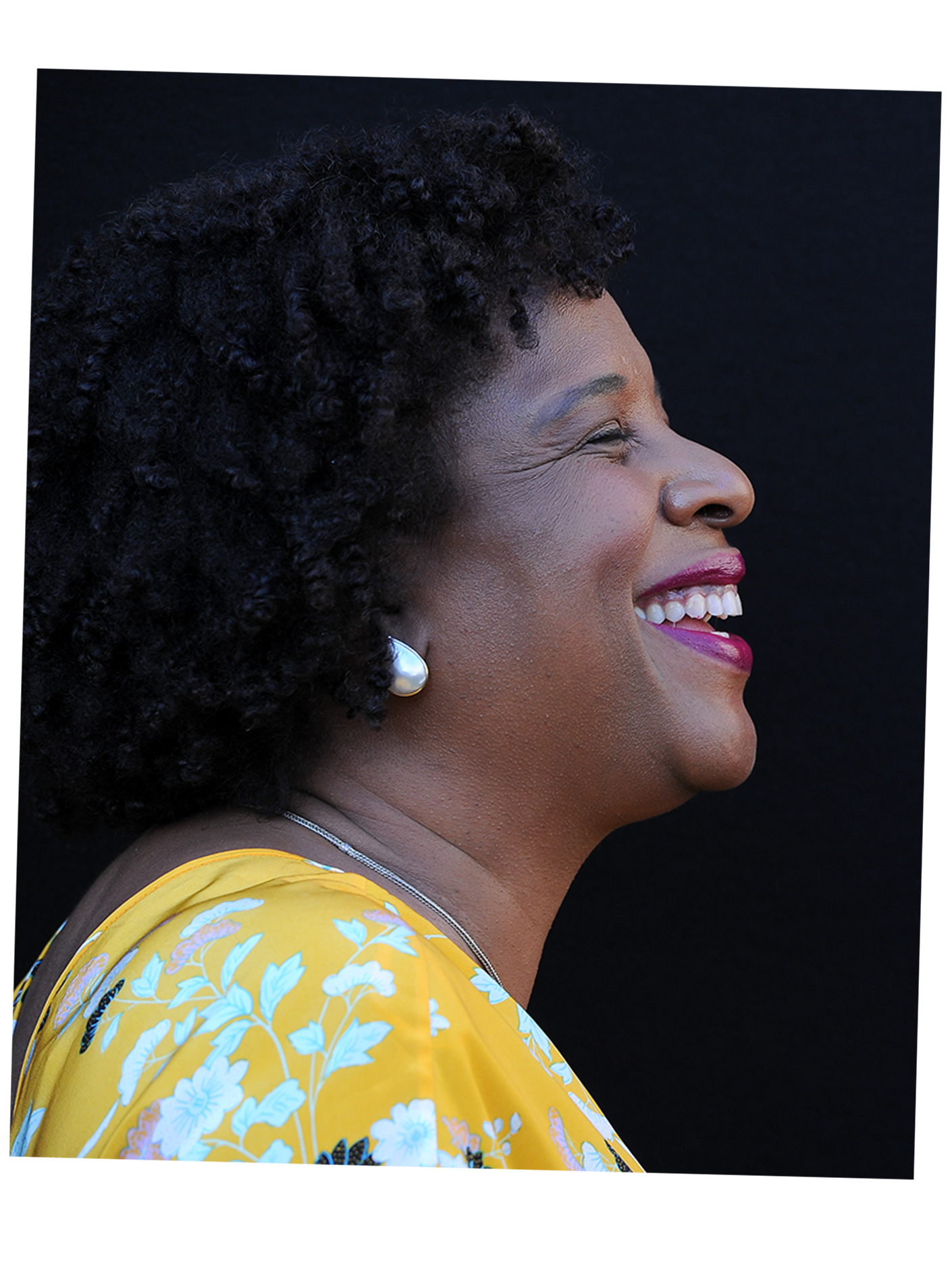
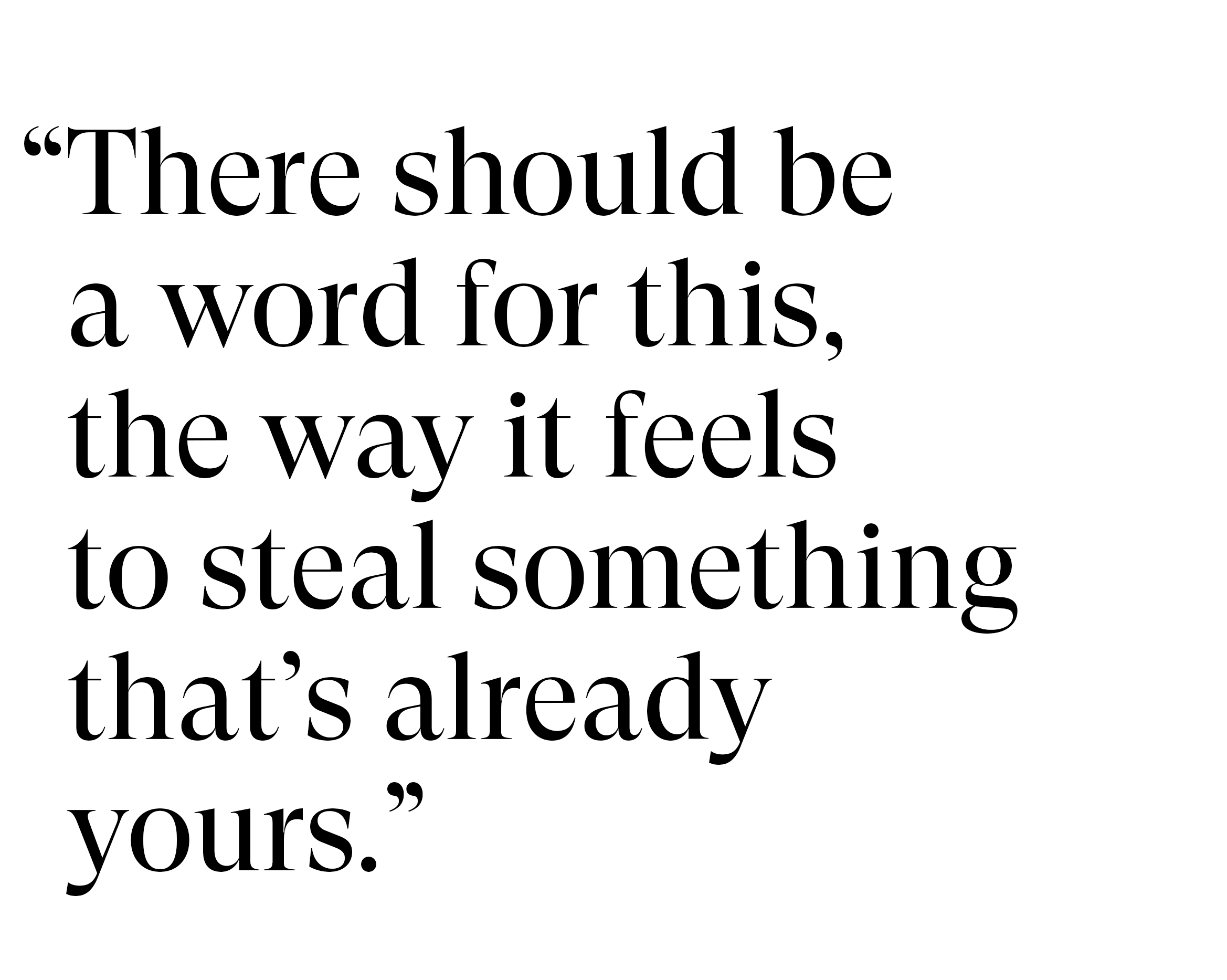


An American Marriage
by Tayari Jones (2018)An African American couple should be celebrating their new marriage, but the husband is wrongfully accused of rape, and his sentencing torpedoes their relationship.
Race After Technology
by Ruha Benjamin (2019)Professor Ruha Benjamin pens a most prescient book in which she argues that automation will exacerbate racial discrimination, even if its surface appears benevolent and helpful to our technological society.
Wayward Lives, Beautiful Experiments
by Saidiya Hartman (2019)Saidiya Hartman, a MacArthur Fellowship grant recipient and Columbia professor, brilliantly displays her storytelling and archival talents by detailing the intimate lives of African American people at the dawn of the 20th century.
Magical Negro
by Morgan Parker (2019)A poetry collection from the prolific writer that praises, upends, and defies expectations of Black womanhood.
Photos via Getty Images (in alphabetical order):Alice Walker: Jemal Countess/Staff, Angela Davis: Archive Photos/Stringer, Gwendolyn Brooks: Bettmann/Contributor, Ida B Wells: R. Gates/Staff, Jesmyn Ward: David Levenson/Contributor, Tayari Jones: Mondadori Portfolio/Contributor, Toni Morrison: Archive Photos/Stringer, Zora Neale Hurston: Fotosearch/Stringer
